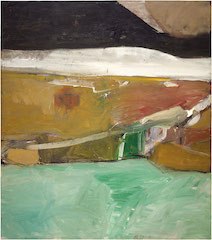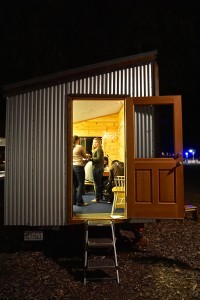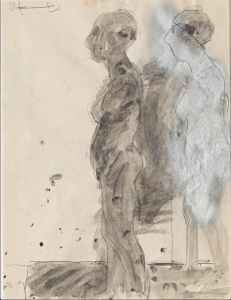Contemplations on modern art
…surrounded by large canvases of colors. One of them, covering almost the entire wall, was simply a large pattern of burgundy, black and white. However, there was something very calming about looking at it. I used to criticize such artworks a lot, not understanding the value placed on artists like Rothko. But seeing such pieces in a museum in front of you feels very different than looking at images online after Googling the artist. These large can…








